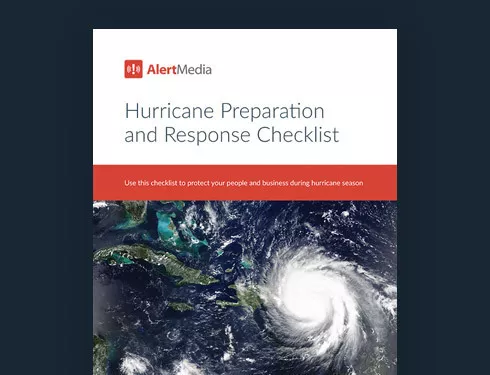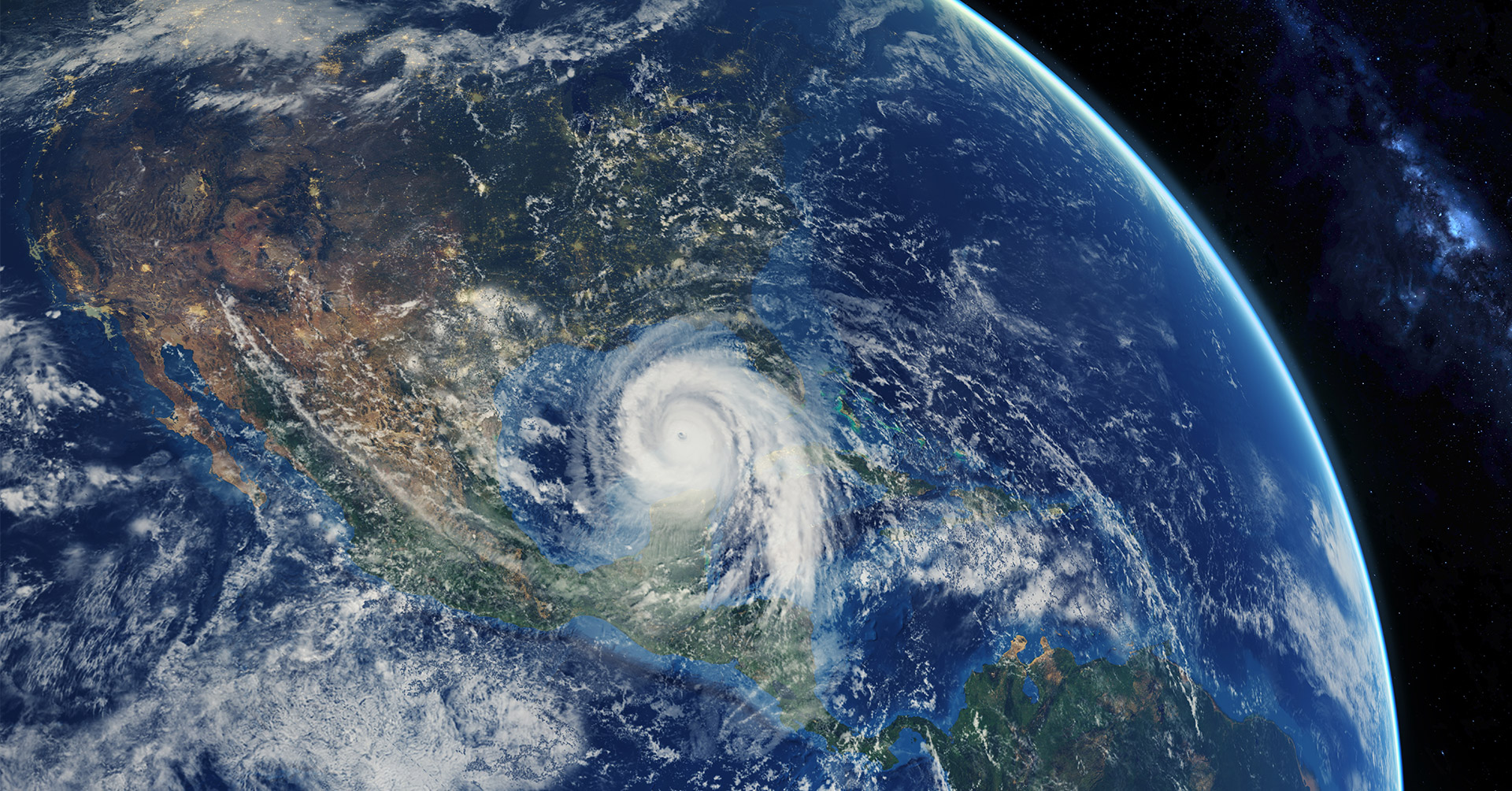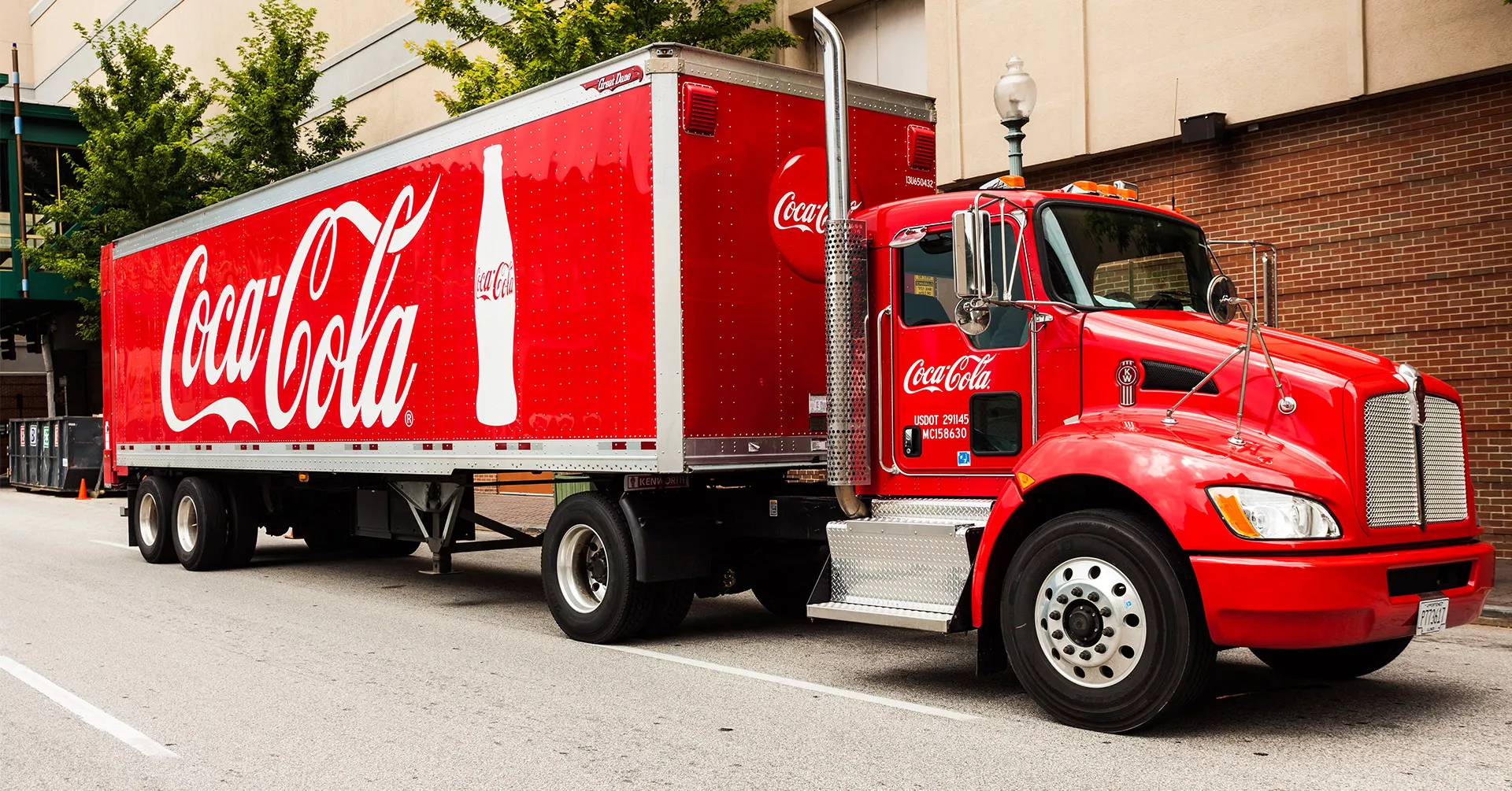
Learn what to include in your hurricane checklist and how to prepare your people and business in advance of a storm.
Hurricane Preparation and Response ChecklistUse this checklist to ensure your organization has the training, tools, and know-how to keep your people safe during a hurricane.

We are living in a new era of hurricane season forecasts. Over the past few decades, hurricanes have increased in number and severity — so much so that the National Oceanic and Atmospheric Administration (NOAA) has upgraded its definition of what constitutes an “average” hurricane season.
Even by these new high standards, the 2024 hurricane season looks to be well above average. Experts at Colorado State University (CSU) are predicting 23 named storms, 11 hurricanes in total, and five major hurricanes.
The Federal Emergency Management Agency (FEMA) has urged resilience planning to mitigate damage. Careful preparation can go a long way in reducing loss, maintaining business continuity, and protecting your people. It also provides peace of mind for employees and their families. A well-thought-out hurricane preparedness checklist for your business can make preparing for this challenging season much, much more manageable. This post will cover building a hurricane checklist for business leaders and employees to help avoid business interruptions and keep your people and property safe before, during, and after a storm.
Use this checklist to ensure your organization has the training, tools, and know-how to keep your people safe during a hurricane.

Use this template to conduct simulated, interactive exercises that test your organization’s hurricane response procedures.
Significant portions of the United States are at risk for tropical storms and hurricanes. Each year, heavy rains, strong winds, and hurricane-related floods cause an estimated $54 billion in structural damages — with $9 billion of that attributed to commercial businesses.
When a hurricane or tropical storm makes landfall, damage and disruption soon follow. Food and basic supplies may run out or be cut off for a period of time. Felled trees can wipe out electricity, and roadways may flood at a moment’s notice. According to the National Oceanic and Atmospheric Administration (NOAA), inland flooding accounts for over 50% of hurricane-related deaths each year. And the U.S. Department of Labor says 75% of businesses without a business continuity plan will fail within three years of a disaster.
Experiencing a hurricane can be a stressful situation for business owners and individuals. But the more time and effort you put into your emergency preparedness plan, the easier it will be to remain calm, act quickly, and lessen the impact on your business.
Preparing for a hurricane begins long before the hurricane warning is sent out. Having a plan ready to set in motion is vital for protecting your people, property, and locations in the event of natural disasters.
Follow these steps to ensure your business is hurricane-ready:
Understanding the risks your business may face in a severe weather event is multifaceted. The first step is to identify a storm in its infancy so that you can start to gauge how it will affect your people and business. Severe weather events evolve rapidly. So, whether you are monitoring NOAA and local weather advisories or using a threat intelligence system, the latest storm data is key to understanding your potential for impact.
The other side of assessing your risk includes knowing which areas the organization should address to mitigate loss and recover quickly. Start with a detailed inventory of your:

In part one of our three-part podcast series on hurricane preparedness, Melissa Huffman, Warning Coordination Meteorologist for the National Weather Service, shares her expert knowledge on common and not-so-common hurricane hazards and how to prepare for them.
Once you have a clear picture of a hurricane’s potential impact on your business, start mapping out how you’ll respond once the storm approaches. Developing a proactive hurricane preparedness plan with explicit instructions helps ensure continuity, reduce loss, and protect employee safety.
Creating a hurricane plan is a significant first step, but simply having a plan in place isn’t enough. Employees and business leaders alike need to feel prepared for what to expect and comfortable putting plans into action. Take time to develop awareness around why hurricane preparation for your business matters, and give everyone a chance to practice your storm response plan.
Awareness & training
Hold a preparedness discussion to let your teams know what you’ve done to prepare for a hurricane and review instructions for how to respond in various scenarios. Ensure each person understands their unique roles and responsibilities, who they report to, and the resources available to them.
Mock drills
Performing mock drills with your designated emergency management team will help everyone get comfortable with their role and help them remain calm during a real-life emergency. Provide a copy of your emergency response plan and run everyone through it with the opportunity to ask questions. Then, go over practical recovery strategies for various “what-if” scenarios to build confidence among your team that they’ll be able to handle any situation.

In the final episode of our three-part series on hurricane preparedness, we interviewed Gianetta Jones, Vice President & Chief People Officer at Coca-Cola Bottling, to learn how the company overcame Hurricane Michael and why communication was key to doing so.
Hopefully, if you’ve planned, prepared, and practiced, your business can weather the storm with minimal damage.
During a hurricane, you’ll likely need to provide critical updates and action plans, as well as check-in on employees’ well-being. An emergency communication system helps you get your people the information they need quickly via multiple channels at once (i.e., text message, cell phone call, push notification, email).
If you want to go above and beyond, find ways to care not only for your employees but for your community. For example, you can offer to serve as a charging station for people without power or other businesses experiencing outages if you have power. If you’re in a position to do so, consider providing meals and supplies to employees’ family members who need them. But an organization can ensure they’re fulfilling their duty of care to their employees and the larger community only if they’ve taken steps beforehand.
Ensure you're prepared ahead of the storm with our free Hurricane Preparedness Checklist.Preparing employees for what to expect when disaster strikes is a vital part of any hurricane plan. The business should work together with employees to ensure preparedness and safety.
Share the following best practices with your employees in advance of a storm to ensure they are prepared:
It’s in every employee’s best interest to understand what’s expected of them if a disaster occurs. Be aware of your company’s hurricane response plan, including the evacuation plan, safe spaces within the building, and how to secure your workspace if it’s required.
Whether in Florida, along the Gulf, on the Atlantic Seaboard, or another inland location far away, every employee should have a list with all of their direct points of contact during hurricane season and where to go for updates. If your company has an emergency communication system in place, ensure you understand how critical information will be shared and how to request help if needed.
Keep an emergency supply kit in your work area, your home, and potentially in your vehicle. To prepare for extended periods without power in your office, keep a flashlight, portable battery-powered phone charger, and extra batteries on hand. If you take prescription medications, speak with your physician to ensure you have extra. In the event of a power outage, credit cards might not work, so plan to keep some spare cash accessible.
“Inland flooding accounts for over 50% of hurricane-related deaths each year.”With more people working remotely, hurricane safety also means preparing your home ahead of any significant storm. Taking a few steps now will go a long way in ensuring your safety (and that of your employees and their family members) should a storm hit. And knowing that your home is secure can provide peace of mind during an emergency at work.
You and your employees need to prepare for the possibility that you lose power, supplies run out, and water becomes undrinkable. Put together a collection of essential items you and your family may need in case of an emergency. Close them in airtight plastic bags, and store your entire hurricane kit in a large plastic container or waterproof duffel.
Prepare the following, at a minimum:
Before the storm arrives, do the following:
While you can’t predict precisely how a hurricane will impact your home, family, or place of business, that doesn’t mean you can’t prepare for what to do when it hits. With proper planning and cooperation from employees and business leaders, you can mitigate property damage and get back to normal quickly and safely.
With an extremely active hurricane season on the way, there’s no time to waste. Having an emergency communication system already in place will reduce stress and ultimately help protect your people and business.
Use this checklist to ensure your organization has the training, tools, and know-how to keep your people safe during a hurricane.